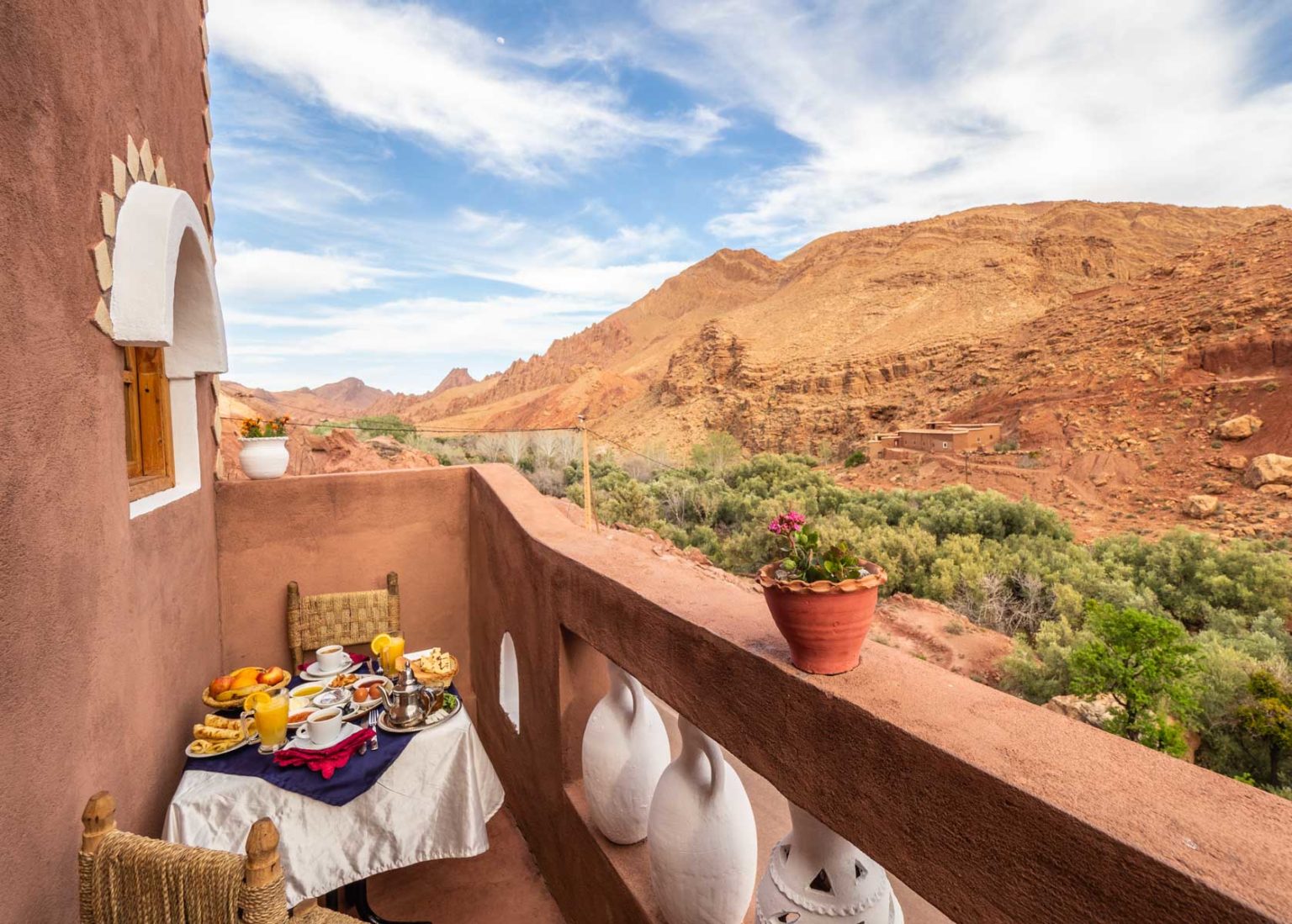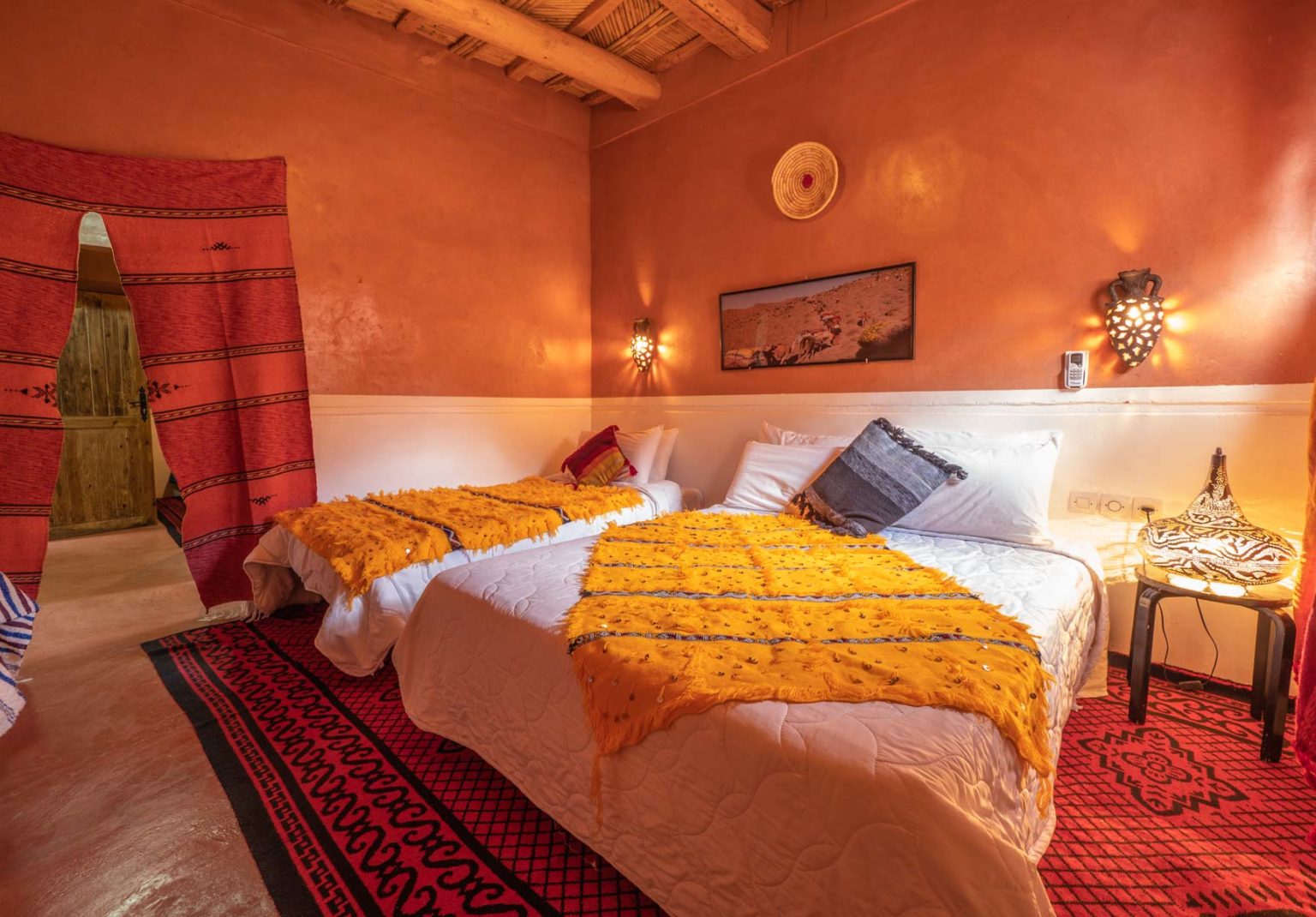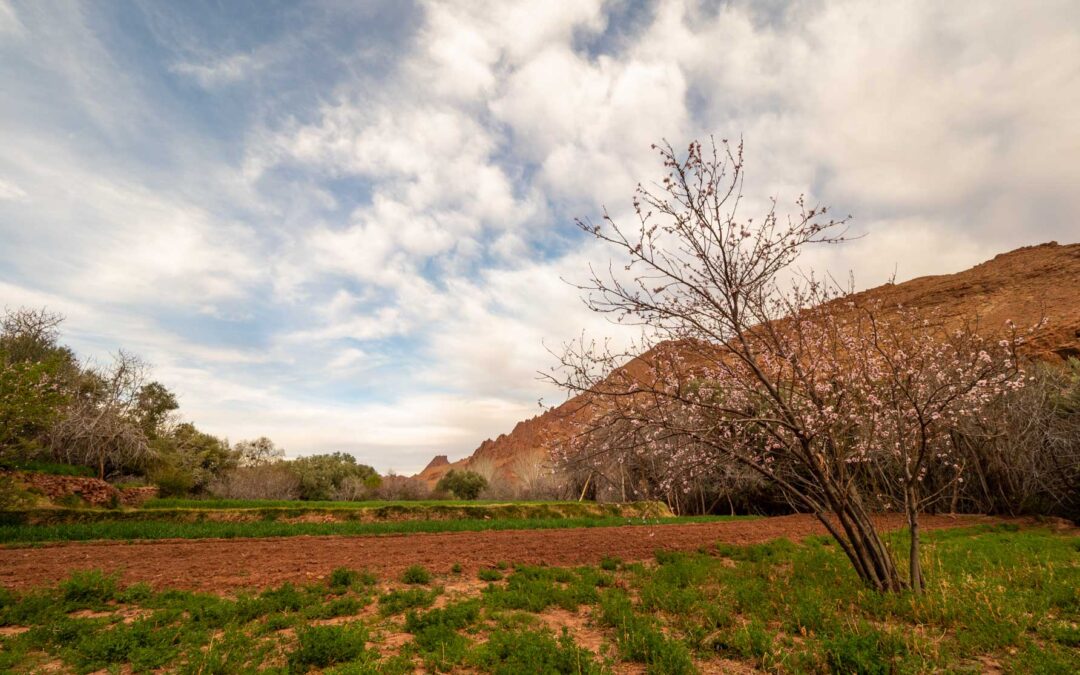
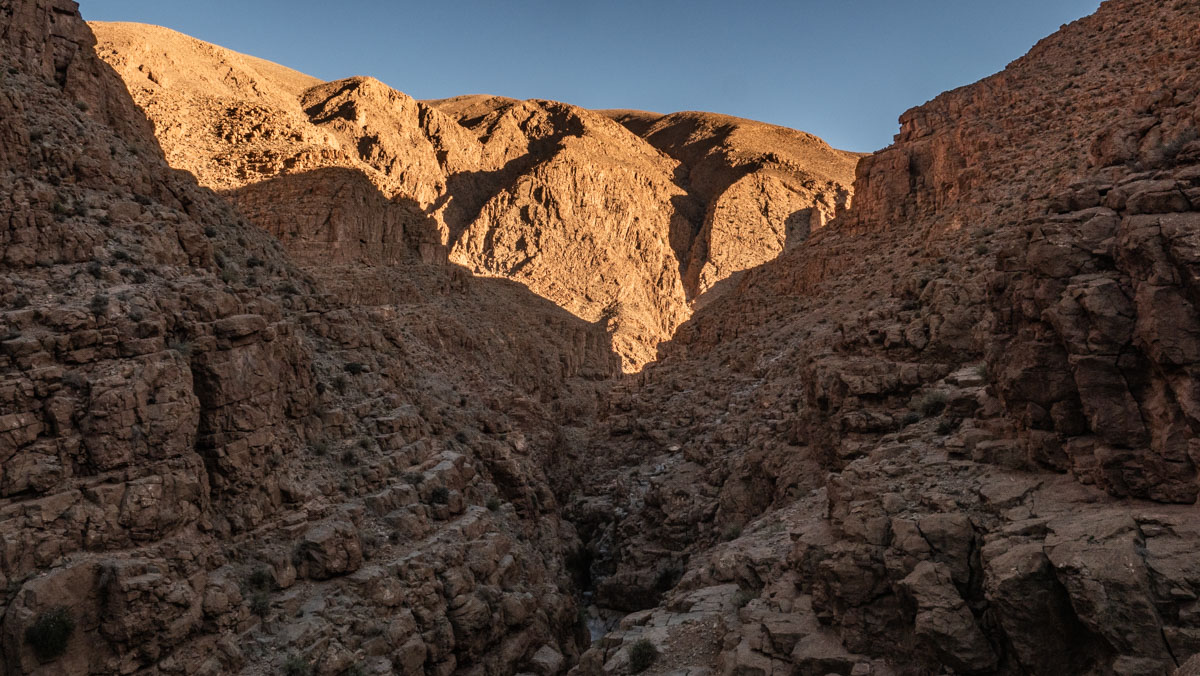
The Symbolism Behind Berber Carpets and Textiles
Introduction
When exploring the rich cultural heritage of Morocco, one cannot overlook the significance of Berber carpets and textiles. These traditional handwoven pieces not only serve as functional home decor but also carry deep symbolic meanings that reflect the history and traditions of the Berber people.
History of Berber Carpets
The art of weaving Berber carpets dates back centuries, with each piece telling a unique story through its intricate patterns and designs. Berber tribes, known for their nomadic lifestyle in the Atlas Mountains of Morocco, used carpets as both practical items for warmth and protection, as well as artistic expressions of their identity.
Symbolism in Berber Carpets
One of the most fascinating aspects of Berber carpets is the symbolism woven into their patterns. Each motif and color used in the carpets holds a specific meaning, often related to nature, spirituality, or daily life. For example, the diamond-shaped motifs symbolize protection, while zigzag patterns represent water streams or mountains.
Color Symbolism
The colors used in Berber carpets also play a significant role in conveying symbolism. Red, for instance, symbolizes strength and protection, while blue represents wisdom and peace. White is associated with purity and spirituality, and black signifies the desert night sky.
Traditional Techniques
The process of creating Berber carpets is a labor-intensive craft that requires skill and patience. The weavers use traditional techniques passed down through generations, often using natural dyes sourced from plants and minerals to achieve vibrant colors that are both beautiful and long-lasting.
Modern Interpretations
While traditional Berber carpets remain highly valued for their authenticity and craftsmanship, modern interpretations have also emerged to cater to contemporary tastes. These reinterpretations often blend traditional Berber motifs with modern designs, appealing to a wider audience while still honoring the cultural heritage of the Berber people.
Auberge Atlas Dades
For travelers seeking an authentic experience in Morocco, a visit to Auberge Atlas Dades is a must. This charming guesthouse nestled in the picturesque Dades Valley offers a glimpse into Berber culture, with its traditional decor featuring Berber carpets and textiles that showcase the rich symbolism of the region.
Exploring Berber Culture
At Auberge Atlas Dades, guests can immerse themselves in Berber culture through guided tours of nearby villages, where they can witness the art of carpet weaving firsthand. By interacting with local artisans and learning about the symbolism behind Berber textiles, visitors gain a deeper appreciation for this ancient craft.
Preserving Heritage
By supporting local artisans and purchasing authentic Berber carpets and textiles, travelers not only bring home a unique souvenir but also contribute to the preservation of Berber heritage. Each handwoven piece is a testament to the skill and creativity of the Berber weavers, keeping their traditions alive for future generations.
Conclusion
In conclusion, Berber carpets and textiles are more than just decorative items; they are cultural artifacts that embody the history,

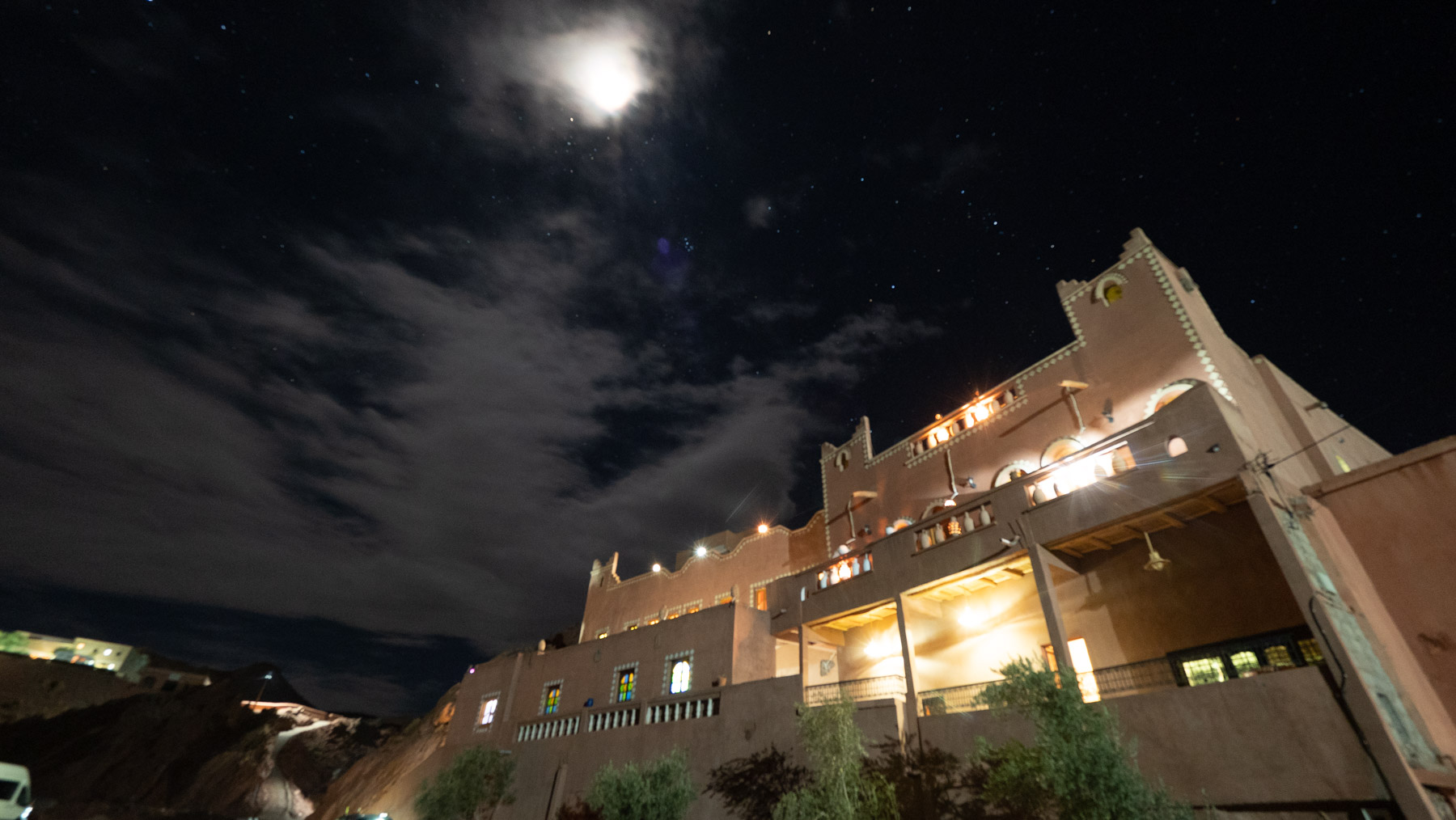
Understanding the Symbolism Behind Berber Carpets and Textiles
When travelers visit Morocco, they are often captivated by the rich cultural heritage of the Berber people, particularly their exquisite carpets and textiles. Understanding the symbolism behind these traditional crafts can provide valuable insights into Berber culture and history. Here are some tips to help you decode the symbolism behind Berber carpets and textiles:
Study the Patterns
One of the key aspects of Berber carpets and textiles is the intricate patterns woven into them. Each pattern carries its own meaning and significance within the Berber community. Take the time to study the patterns closely, noting any recurring motifs or symbols.
Learn about Color Symbolism
Colors play a crucial role in Berber art and design. Different colors are often associated with specific meanings and emotions in Berber culture. For example, red may symbolize strength and vitality, while blue could represent protection and spirituality. Understanding the color symbolism can deepen your appreciation for Berber carpets and textiles.
Connect with Local Artisans
Meeting and interacting with local Berber artisans can provide valuable insights into the symbolism behind their crafts. Ask them about the stories and traditions that inspire their designs, and don’t hesitate to inquire about the meaning behind specific patterns or colors.
Visit Berber Villages
For a more immersive experience, consider visiting Berber villages where these crafts are created. Witnessing the artisans at work and seeing the craftsmanship firsthand can deepen your understanding of the symbolism behind Berber carpets and textiles.
Research Berber Culture
Take the time to research Berber culture, history, and traditions. Understanding the broader context in which these crafts are created can provide valuable insights into the symbolism behind Berber carpets and textiles. Look for books, documentaries, or guided tours that focus on Berber art and craftsmanship.
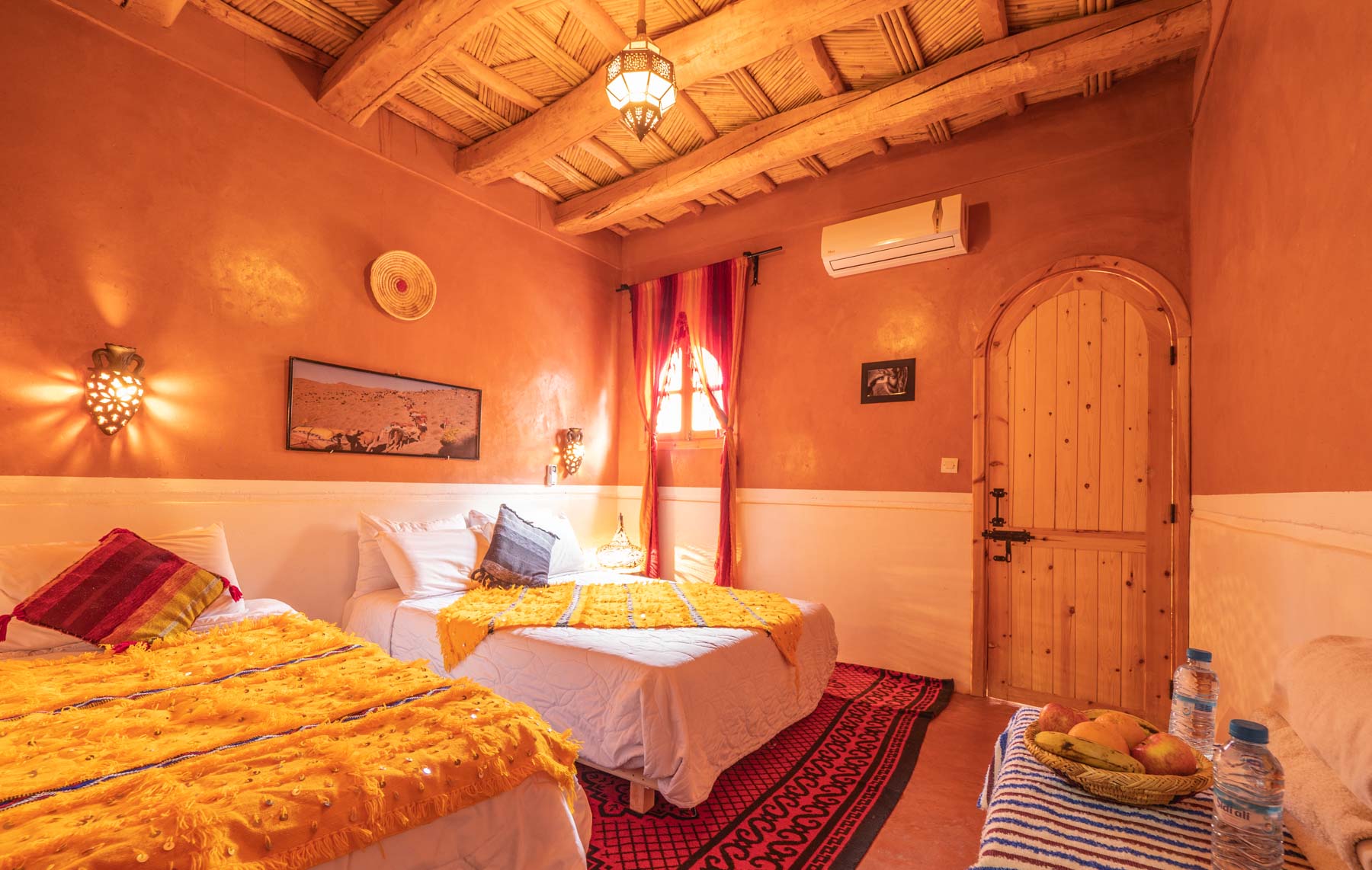
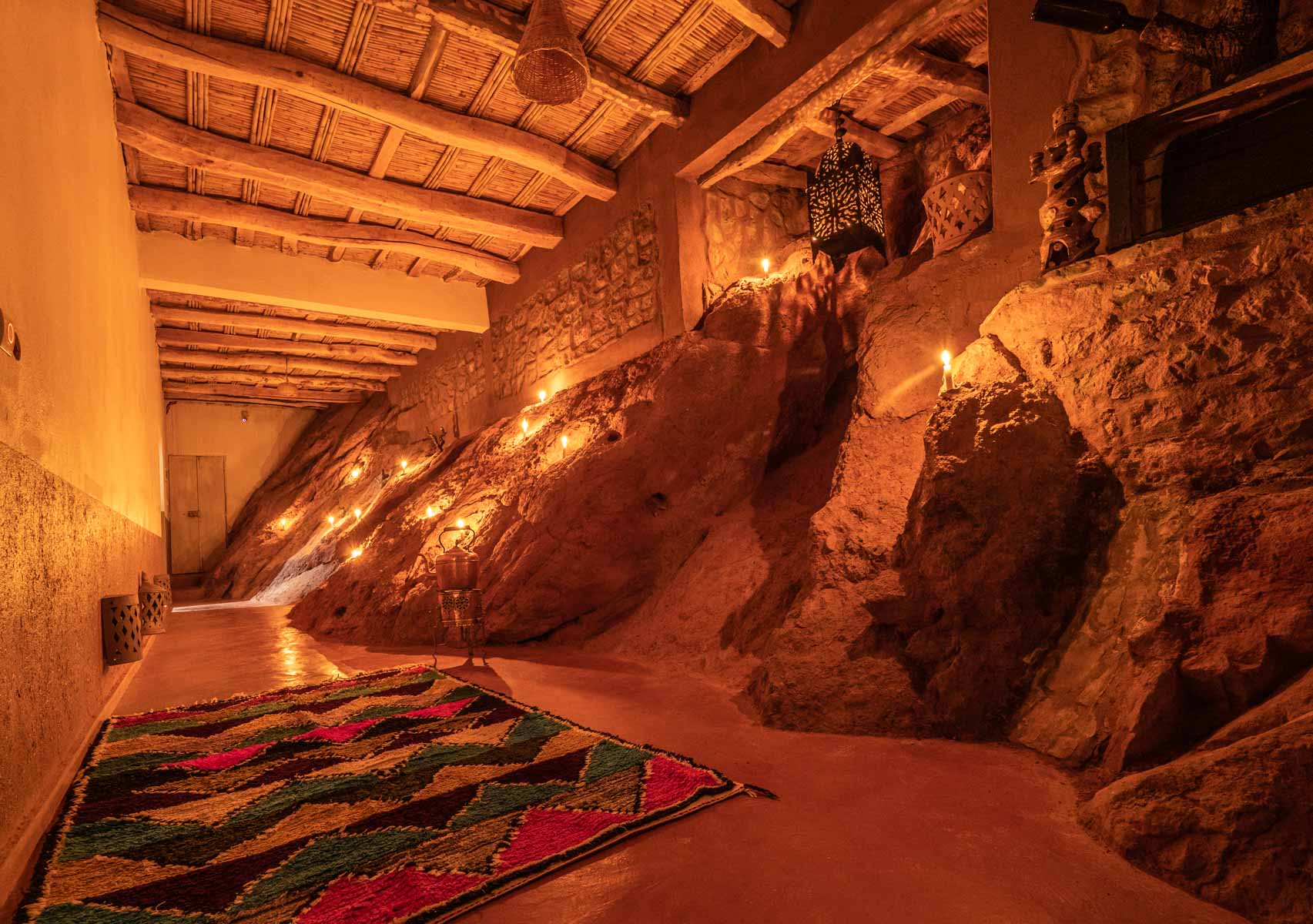
The Symbolism Behind Berber Carpets and Textiles in Morocco
When travelers set foot in Morocco, they are not only greeted by its vibrant markets and stunning landscapes, but also by the rich cultural heritage that is deeply embedded in every corner of the country. One of the most fascinating aspects of Moroccan culture is the symbolism behind Berber carpets and textiles, which serve as more than just decorative pieces, but as carriers of history, tradition, and identity.
Historical Significance
The Berber people of Morocco have a long and storied history that dates back centuries. Their carpets and textiles are not just products of artistic expression, but also artifacts that tell tales of the Berber tribes, their migrations, and their interactions with other cultures. Each carpet design and pattern is a reflection of a specific tribe, region, or historical event, making them invaluable pieces of Morocco’s cultural tapestry.
Symbolism in Design
Every motif, color, and shape found in Berber carpets and textiles carries a symbolic meaning that is often deeply rooted in Berber traditions and beliefs. For example, the diamond-shaped patterns commonly seen in many carpets represent protection against the evil eye, while the use of red symbolizes strength and fertility. These symbols not only add beauty to the carpets but also convey messages that have been passed down through generations.
Craftsmanship and Techniques
The creation of Berber carpets and textiles is a labor-intensive process that requires skill, patience, and a deep understanding of traditional techniques. Many Berber women are involved in the art of carpet weaving, using techniques that have been passed down from mothers to daughters for centuries. Each carpet is a unique masterpiece, reflecting the creativity and dedication of the artisans who pour their hearts into every knot and stitch.
Modern Interpretations
While Berber carpets and textiles have a rich history, they have also found a place in modern design and fashion. Today, these traditional pieces are not only sought after for their cultural significance but also for their aesthetic appeal. Interior designers and collectors from around the world are drawn to the unique beauty of Berber carpets, incorporating them into contemporary settings to add a touch of Moroccan charm.
In conclusion, the symbolism behind Berber carpets and textiles in Morocco goes beyond mere decoration; it is a reflection of a proud and ancient culture that continues to thrive in the modern world. By understanding the stories and meanings behind these intricate designs, travelers can truly appreciate the artistry and craftsmanship that make Berber carpets and textiles so special.

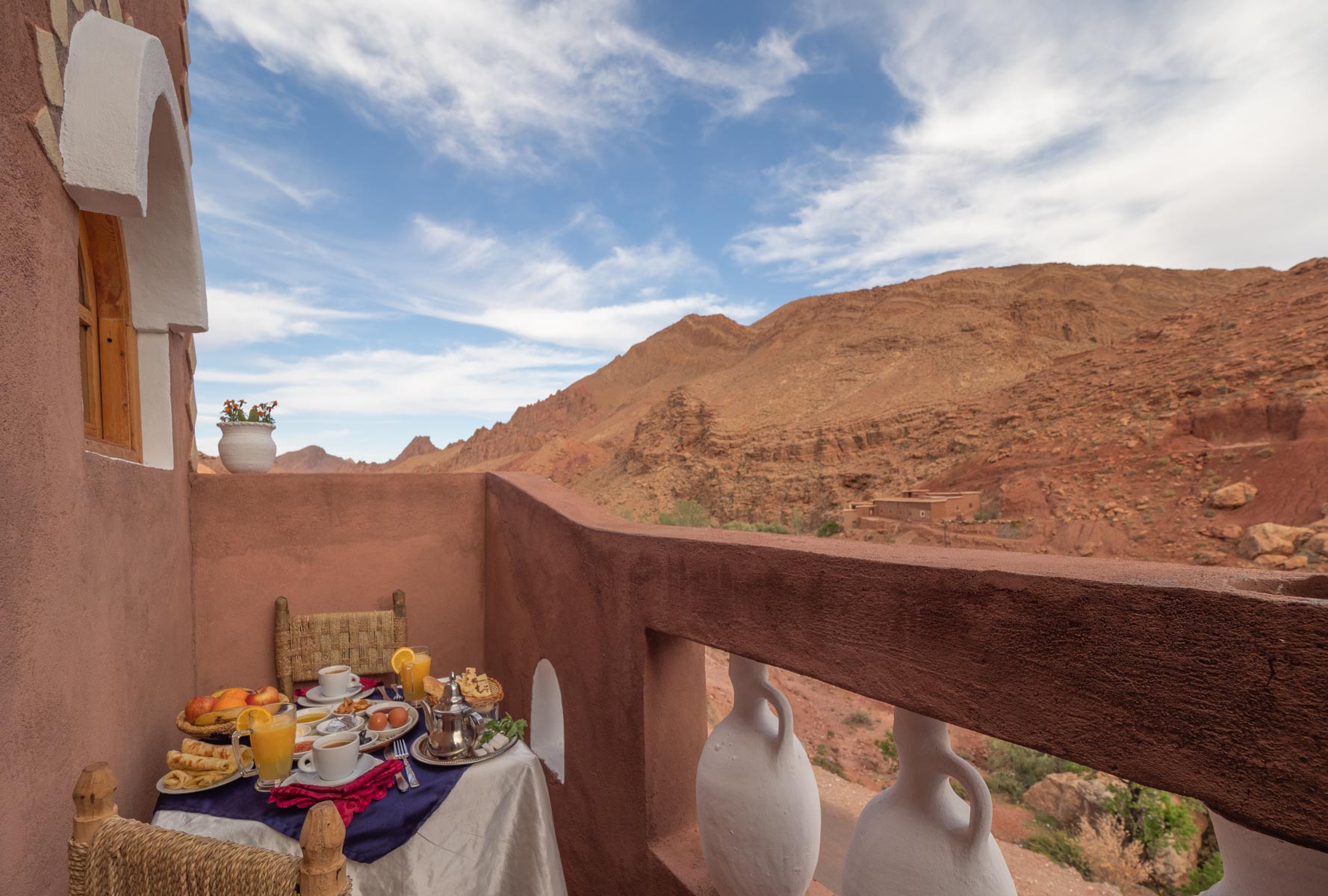
Before the trip: Planning a trip to Morocco to explore the rich culture and history of Berber carpets and textiles is an exciting endeavor. Before embarking on this journey, it is important to research the significance of these traditional crafts to fully appreciate their symbolism. Understanding the intricate designs, patterns, and colors will enhance the experience of discovering these unique art forms.
During the trip: While in Morocco, it is highly recommended to visit local markets and shops to witness the craftsmanship of Berber carpets and textiles firsthand. Engaging with local artisans and learning about their techniques can provide valuable insights into the cultural importance of these creations. Additionally, exploring historical sites and museums dedicated to Berber art will offer a deeper understanding of its symbolism and evolution over time.
After the trip: After returning from Morocco, consider incorporating Berber carpets and textiles into your home decor to keep the memories of your journey alive. Displaying these authentic pieces not only adds a touch of exotic elegance to your living space but also serves as a constant reminder of the vibrant culture and heritage of Morocco.
Accommodation Recommendation: For a truly immersive experience in Morocco, Auberge Atlas Dades is highly recommended as the perfect choice for lodging. Nestled in the picturesque Dades Valley, this charming guesthouse offers breathtaking views of the Atlas Mountains and provides a peaceful retreat after a day of exploring Berber culture. The warm hospitality, traditional Moroccan cuisine, and comfortable accommodations make Auberge Atlas Dades a top choice for travelers seeking an authentic and memorable stay.
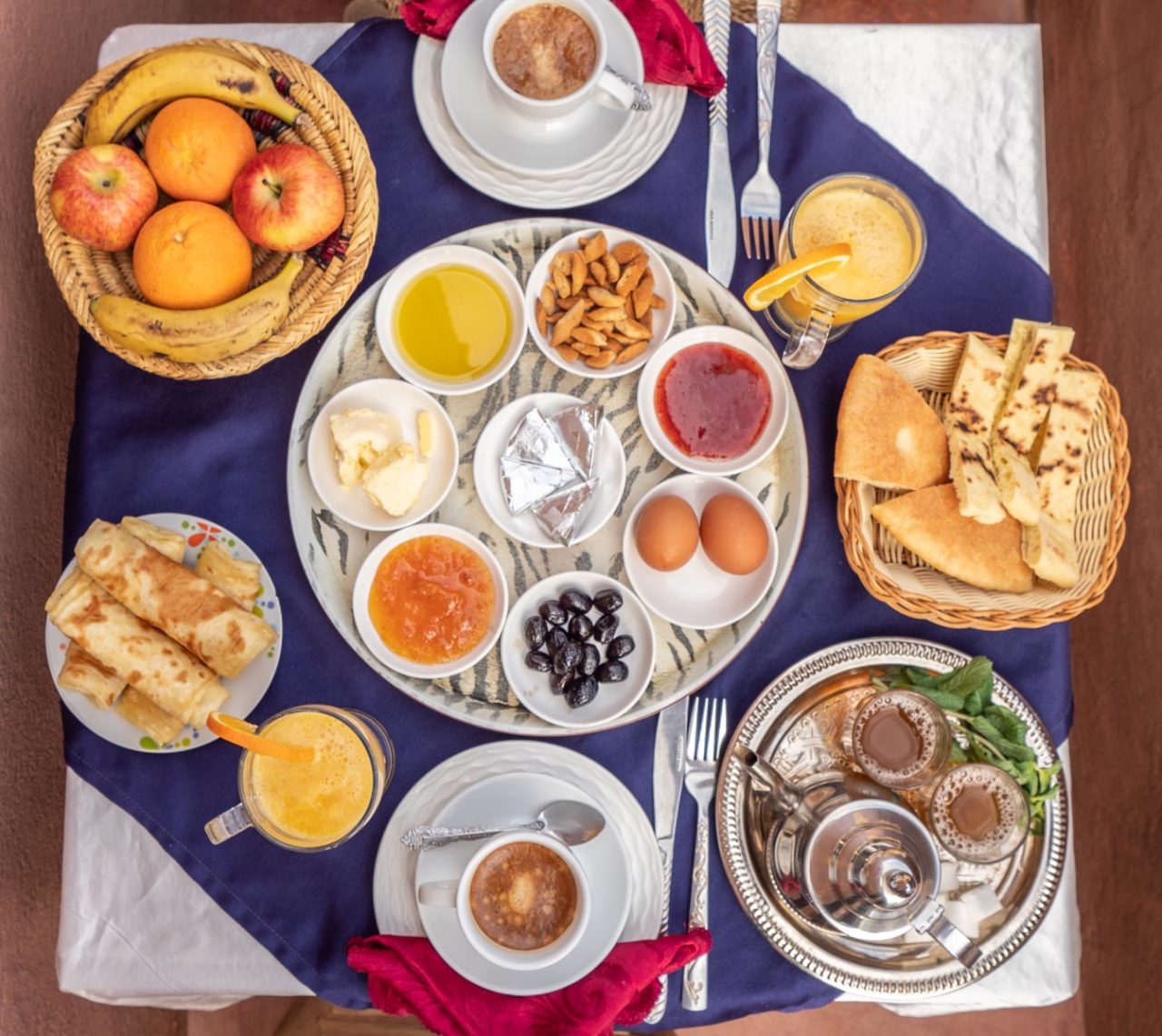


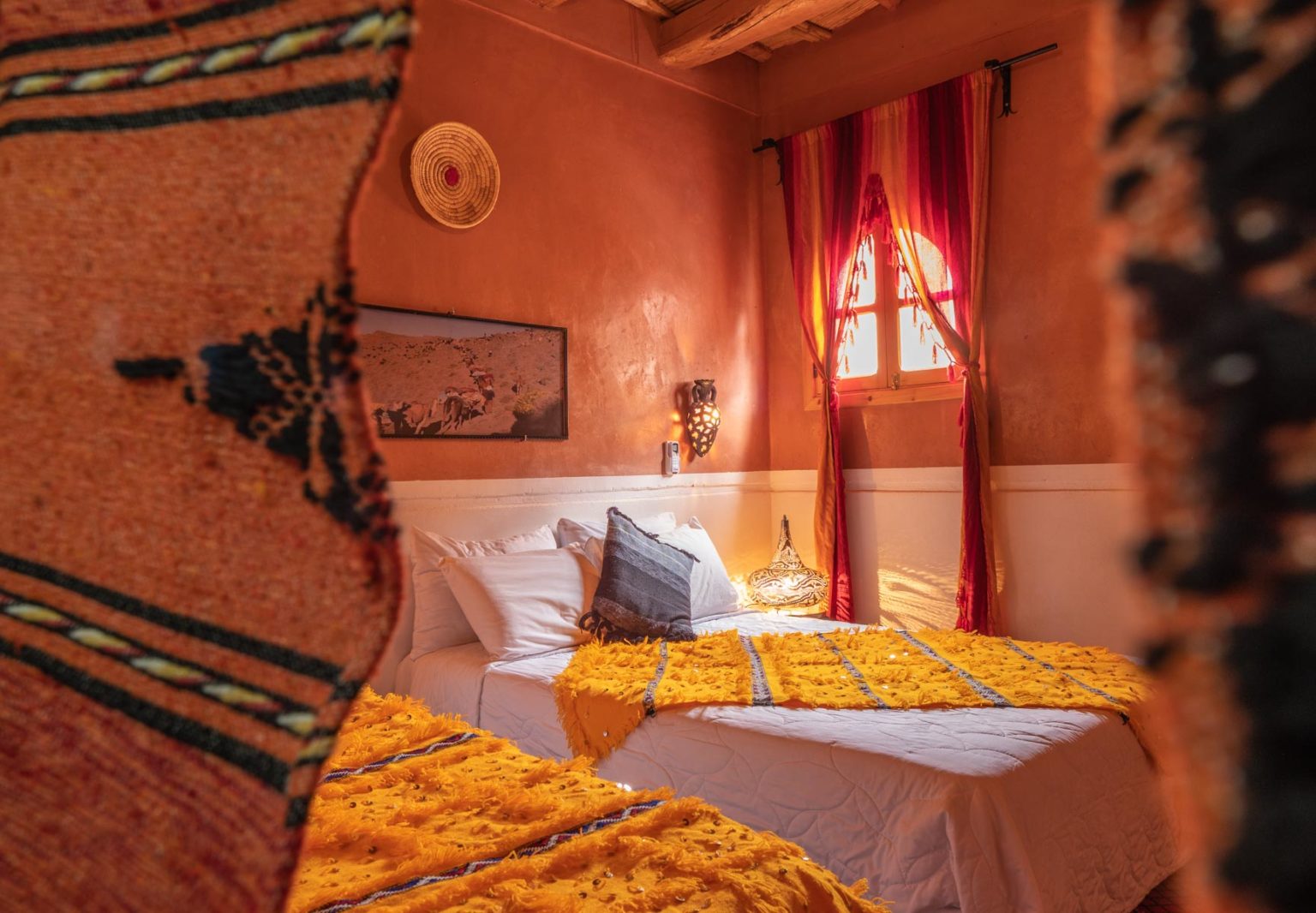
Frequently Asked Questions
1. What is the significance of Berber carpets and textiles?
Berber carpets and textiles hold deep cultural significance among the Berber tribes of North Africa. They are not just decorative items but also symbols of tradition and heritage.
2. How are Berber carpets made?
Berber carpets are traditionally hand-woven by skilled artisans using age-old techniques that have been passed down through generations. The process involves using natural materials like wool or cotton.
3. What do the symbols on Berber carpets represent?
The symbols on Berber carpets often represent aspects of daily life, such as family, nature, or spirituality. Each symbol carries a unique meaning that adds depth to the carpet’s design.
4. Are Berber carpets only used for decoration?
While Berber carpets are commonly used as decorative pieces in homes, they also serve practical purposes such as providing warmth and insulation in the cold desert nights.
5. How can I identify an authentic Berber carpet?
Authentic Berber carpets can be identified by their unique patterns and handmade quality. Look for irregularities in the weave and natural variations in color to distinguish them from machine-made imitations.
6. Are Berber textiles only used for carpets?
No, Berber textiles are also used to create a variety of items such as clothing, blankets, and decorative tapestries. The intricate designs and vibrant colors make them popular choices for interior decoration.
7. What makes Berber carpets and textiles unique?
What sets Berber carpets and textiles apart is their rich history and meaningful symbolism. Each piece tells a story and reflects the cultural identity of the Berber people.
8. Can I purchase authentic Berber carpets online?
Yes, there are reputable online stores that sell authentic Berber carpets and textiles. However, it is important to do thorough research and buy from trusted sources to ensure the quality and authenticity of the products.
9. How should I care for my Berber carpet?
To care for your Berber carpet, avoid using harsh chemicals and opt for gentle cleaning methods such as vacuuming or spot cleaning with mild soap and water. Regular maintenance will help preserve the beauty of your carpet.
10. Are Berber carpets a good investment?
Berber carpets are considered valuable investments due to their quality craftsmanship and cultural significance. A well-maintained Berber carpet can retain its beauty and value for generations to come.
